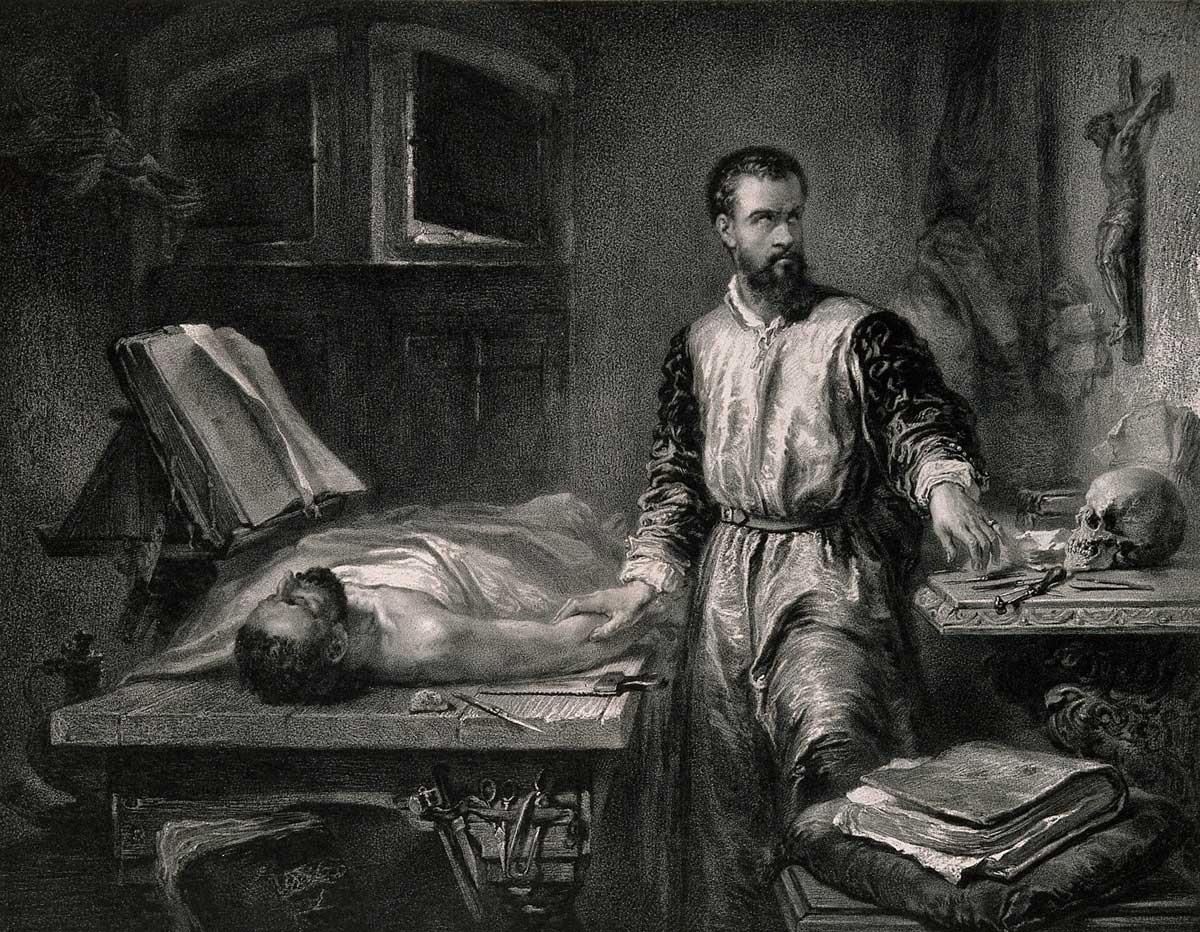
Who was Andreas Vesalius? Andreas Vesalius, a name that echoes through the halls of medical history, was a pioneering figure in anatomy. Born in 1514 in Brussels, he revolutionized the understanding of the human body. Before Vesalius, much of what people knew about anatomy came from ancient texts, often riddled with errors. Vesalius dared to challenge these old beliefs by conducting his own dissections and publishing his findings. His groundbreaking work, "De humani corporis fabrica," changed the way medicine was taught and practiced. Why is Vesalius important? His meticulous observations and detailed illustrations laid the foundation for modern anatomy, making him a true trailblazer in the field.
Who Was Andreas Vesalius?
Andreas Vesalius was a pioneering figure in the world of anatomy. His work revolutionized the understanding of the human body during the Renaissance. Here are some fascinating facts about this remarkable individual.
-
Born in Brussels: Andreas Vesalius was born on December 31, 1514, in Brussels, which was then part of the Holy Roman Empire.
-
Family of Physicians: He came from a long line of medical professionals. His father served as a pharmacist to the Holy Roman Emperor, Charles V.
-
Studied in Paris: Vesalius studied medicine at the University of Paris, where he was influenced by the works of Galen, an ancient Greek physician.
-
Dissected Human Bodies: Unlike many of his contemporaries, Vesalius performed dissections on human cadavers, which was considered controversial at the time.
-
Published "De Humani Corporis Fabrica": In 1543, he published his groundbreaking book, "De Humani Corporis Fabrica" (On the Fabric of the Human Body), which contained detailed illustrations of human anatomy.
Contributions to Anatomy
Vesalius made significant contributions to the field of anatomy, challenging long-held beliefs and providing new insights.
-
Corrected Galen's Errors: He identified and corrected numerous errors in Galen's anatomical theories, which had been accepted for over a thousand years.
-
Detailed Illustrations: His book featured detailed and accurate illustrations of the human body, which were created by skilled artists.
-
Anatomical Theater: Vesalius conducted public dissections in an anatomical theater, where he demonstrated his findings to students and other physicians.
-
Challenged Medical Dogma: His work challenged the prevailing medical dogma of the time, leading to significant advancements in the understanding of human anatomy.
-
Influenced Future Anatomists: Vesalius's work laid the foundation for future anatomists, including William Harvey, who discovered the circulation of blood.
Personal Life and Legacy
Beyond his professional achievements, Vesalius had an interesting personal life and left a lasting legacy.
-
Royal Physician: He served as a physician to Emperor Charles V and later to his son, King Philip II of Spain.
-
Travelled Extensively: Vesalius traveled extensively throughout Europe, conducting research and sharing his findings with other medical professionals.
-
Death in Greece: He died on October 15, 1564, on the island of Zakynthos in Greece, while returning from a pilgrimage to the Holy Land.
-
Honored Posthumously: Vesalius was honored posthumously for his contributions to medicine, and his work continues to be studied and respected today.
-
Inspiration for Modern Medicine: His approach to anatomy and emphasis on empirical observation inspired the development of modern medical practices.
Interesting Facts About His Work
Vesalius's work was not only groundbreaking but also filled with interesting anecdotes and lesser-known facts.
-
Used Criminals' Bodies: He often used the bodies of executed criminals for his dissections, as they were more readily available.
-
Faced Opposition: Vesalius faced significant opposition from traditionalists who were unwilling to accept his findings.
-
Secret Dissections: Due to the controversial nature of his work, he sometimes conducted dissections in secret to avoid persecution.
-
Influence on Art: His detailed anatomical drawings influenced artists of the Renaissance, who sought to create more accurate representations of the human form.
-
Early Career: Before becoming a renowned anatomist, Vesalius worked as a military surgeon, gaining practical experience in treating injuries.
Impact on Education
Vesalius's work had a profound impact on medical education and the way anatomy was taught.
-
Textbook Revolution: "De Humani Corporis Fabrica" became a standard textbook for medical students and was used for centuries.
-
Hands-On Learning: He advocated for hands-on learning and direct observation, which became a cornerstone of medical education.
-
Standardized Terminology: Vesalius helped to standardize anatomical terminology, making it easier for physicians to communicate their findings.
-
Influence on Universities: His work influenced the curricula of medical schools across Europe, leading to more rigorous and accurate anatomical studies.
Vesalius's Enduring Influence
Even centuries after his death, Vesalius's influence can still be felt in the field of medicine.
-
Medical Museums: Many medical museums around the world feature exhibits dedicated to Vesalius and his contributions to anatomy.
-
Modern Anatomy Textbooks: Modern anatomy textbooks still reference Vesalius's work and often include illustrations inspired by his drawings.
-
Commemorative Statues: Statues and monuments honoring Vesalius can be found in various cities, celebrating his legacy.
-
Annual Lectures: Some medical institutions hold annual lectures or events in his honor, highlighting his lasting impact on the field of medicine.
The Legacy of Andreas Vesalius
Andreas Vesalius changed the world of medicine forever. His detailed studies of human anatomy corrected many misconceptions and laid the groundwork for modern medical science. Vesalius' book, "De humani corporis fabrica," remains a cornerstone in medical literature. His work emphasized the importance of direct observation and dissection, which was revolutionary at the time.
Vesalius' contributions went beyond just anatomy. He inspired future generations of scientists and doctors to question established beliefs and seek the truth through empirical evidence. His legacy lives on in medical schools and hospitals around the world.
Understanding Vesalius' impact helps us appreciate the progress in medical science. His dedication and meticulous research continue to influence how we study and understand the human body. Vesalius' work reminds us of the importance of curiosity, critical thinking, and the relentless pursuit of knowledge.
Was this page helpful?
Our commitment to delivering trustworthy and engaging content is at the heart of what we do. Each fact on our site is contributed by real users like you, bringing a wealth of diverse insights and information. To ensure the highest standards of accuracy and reliability, our dedicated editors meticulously review each submission. This process guarantees that the facts we share are not only fascinating but also credible. Trust in our commitment to quality and authenticity as you explore and learn with us.


